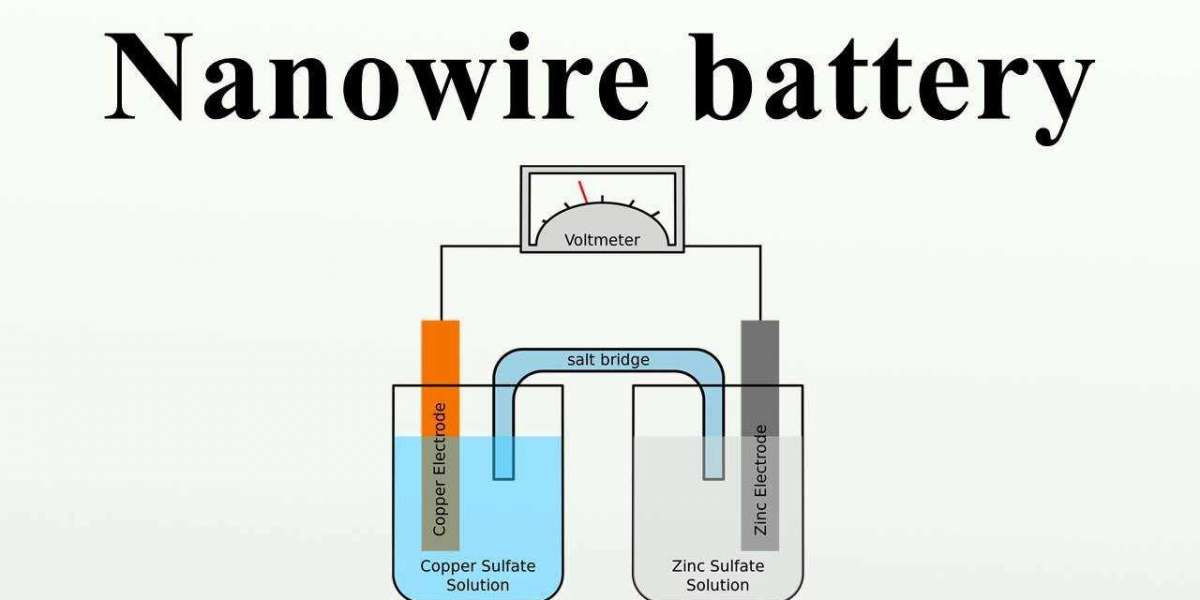A THP device, or Tobacco Heating Product, is an innovative alternative to traditional combustible cigarettes that aims to provide a reduced-risk smoking experience. It operates by heating tobacco without burning it, which distinguishes it from traditional cigarettes that rely on combustion for the release of nicotine and other constituents.
The key principle behind THP devices is the controlled heating of tobacco to generate an aerosol that can be inhaled by the user. Unlike combustion, which involves the burning of tobacco leaves at high temperatures, THP devices use a heating element or mechanism to reach temperatures below the combustion point. By doing so, they produce an aerosol that contains significantly lower levels of harmful substances compared to the smoke generated by traditional cigarettes.
The exact mechanism of how THP devices heat tobacco can vary among different brands and models. However, most commonly, these devices employ a heating blade, an electric heater, or a heating chamber to achieve the necessary temperature for tobacco heating. Let's explore the process in more detail.
When a THP e-cigarette device is activated, the heating element inside the device is powered, initiating the heating process. The element heats up to a pre-set temperature that is lower than the temperature required for combustion. This temperature is typically around 350-450 degrees Celsius, which is sufficient to release nicotine and flavor compounds from the tobacco but insufficient to cause combustion.
The tobacco used in THP devices is specially processed and prepared to facilitate heating. It is often finely ground and compacted into a stick or capsule form. This design allows for better and more efficient heating, as the heat can evenly distribute through the tobacco material.
As the heating element reaches the desired temperature, it comes into contact with the tobacco stick or capsule. The heat is then transferred to the tobacco, initiating a process called pyrolysis. Pyrolysis involves the thermal decomposition of the tobacco, leading to the release of volatile compounds, including nicotine and flavor components, in the form of an aerosol.
The released aerosol is then drawn through a filter or mouthpiece, where it undergoes further cooling before reaching the user's mouth and lungs. The filter can help reduce the levels of harmful substances and potentially filter out additional solid particles. The user can inhale the aerosol, similar to the action of smoking a traditional cigarette, and experience the desired effects of nicotine without the combustion-related toxicants and smoke associated with traditional cigarettes.
THP devices offer several advantages over conventional cigarettes. By heating tobacco instead of burning it, these devices generate significantly reduced levels of harmful chemicals and toxicants such as tar and carbon monoxide. This reduced exposure to harmful substances may result in potentially lower health risks for users compared to traditional smoking.
In conclusion, THP devices heat tobacco without burning it, utilizing a controlled heating mechanism that reaches temperatures below the combustion point. This process, known as pyrolysis, releases an aerosol containing nicotine and flavor compounds that can be inhaled by the user. By avoiding combustion, THP devices aim to provide a reduced-risk alternative to smoking, offering a potentially less harmful smoking experience while still delivering the desired effects of nicotine.


